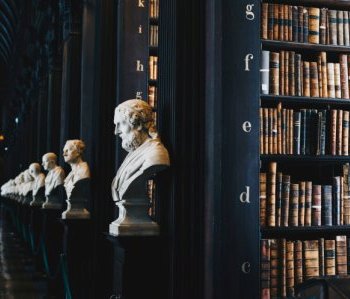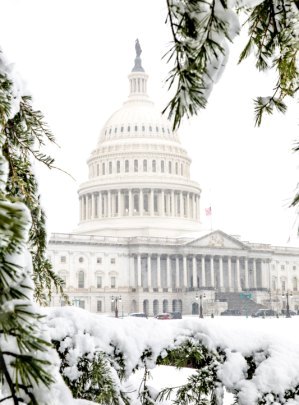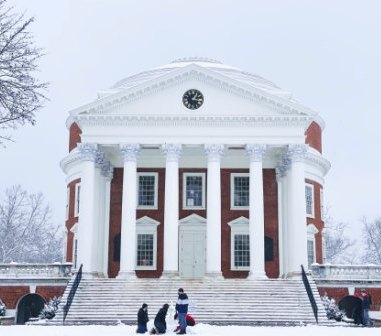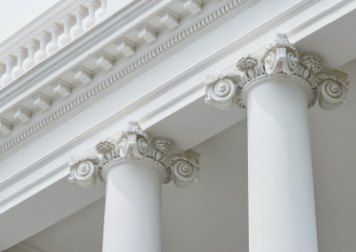 Classicism and Neoclassicism are two prominent artistic movements that have left an indelible mark on the world of American art. Both movements draw inspiration from the art and culture of ancient Greece and Rome, seeking to evoke a sense of timelessness, order, and grandeur. In this article, we will explore the influence of Classicism and Neoclassicism on American art, highlighting their key characteristics and notable artists.
Classicism and Neoclassicism are two prominent artistic movements that have left an indelible mark on the world of American art. Both movements draw inspiration from the art and culture of ancient Greece and Rome, seeking to evoke a sense of timelessness, order, and grandeur. In this article, we will explore the influence of Classicism and Neoclassicism on American art, highlighting their key characteristics and notable artists.
Classicism: A Return to Ancient Ideals
Classicism is an artistic movement that emerged during the 18th century in Europe and later made its way to the United States. It is characterized by a strong emphasis on clarity, simplicity, balance, and harmony in art. Classicism aims to capture the timeless ideals of ancient Greece and Rome, often focusing on mythology, heroism, and the human form. This style embodies a sense of dignity and restraint.

In American art, Classicism found fertile ground in the early years of the nation. The neoclassical architecture of Thomas Jefferson’s Monticello and the grand neoclassical interiors of the White House and the United States Capitol in Washington, D.C., are prime examples of this style. These buildings sought to reflect the democratic principles of the new republic and the classical heritage of Greece and Rome.
American painters like John Singleton Copley and John Trumbull incorporated classical themes and styles into their works, with an emphasis on historical and mythological subjects. These artists aspired to capture the noble spirit of the classical world, often depicting heroic figures and scenes of great moral and philosophical significance.
Neoclassicism: A Revival and Expansion

Neoclassicism, as the name suggests, represents a revival and expansion of classical ideals. This movement emerged in the late 18th century and continued well into the 19th century. While it retained the classical principles of balance and proportion, Neoclassicism often incorporated a more decorative and ornate style than pure Classicism. The influence of ancient Greece and Rome remained at its core.
The neoclassical period in American art was marked by the works of artists like John Vanderlyn and Benjamin West, who painted historical and mythological scenes. These artists sought to balance the classical tradition with contemporary sensibilities. The neoclassical style was not limited to painting and architecture; it also made its mark in sculpture, as seen in the works of Hiram Powers, whose “Greek Slave” is an iconic neoclassical sculpture.

The most notable example of neoclassical architecture in the United States is the Monticello-inspired Virginia State Capitol designed by Thomas Jefferson, which reflects his admiration for classical design principles. The use of classical columns, pediments, and other elements in government buildings and public spaces became a symbol of the nation’s commitment to democratic ideals.
In conclusion, Classicism and Neoclassicism have played a significant role in shaping American art. These movements sought to capture the enduring qualities of ancient Greece and Rome while infusing them with a sense of national identity and democratic values. Whether expressed through grand architectural designs, heroic paintings, or sculptures that evoke the ideals of antiquity, Classicism and Neoclassicism remain a testament to the timeless beauty and universal appeal of the classical tradition in American art.
